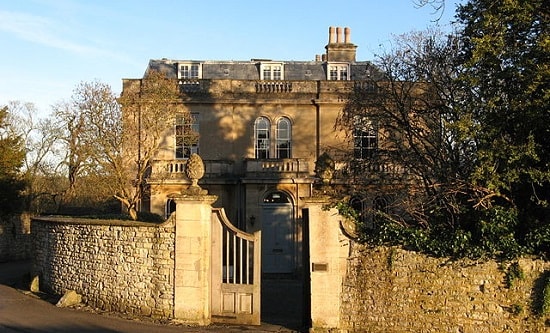
A lot of landed property, it seems, if that name happens to be Henry Charles Albert David Windsor, also known as Prince Harry, Duke of Sussex.
Prince Harry’s father is Prince Charles, the Heir to the Throne, Prince of Wales, Duke of Cornwall, Duke of Rothesay, Earl of Carrick, Baron Renfrew, Lord of the Isles, and Prince and Great Steward of Scotland. The revenue from these estates generated £28.6m in 2017-18 of which about £5m is given to each of his two sons William and Harry to fund their public, private and charitable activities.
The media hype about Prince Harry and his wife Meghan Markle has widely promoted the misleading commentary that once Harry and his wife no longer take a portion of the Sovereign Grant, which is public money from the state at the rate of £82.4m a year, they will be free to make commercial deals. The implication is that royal land ownership is not a commercial activity but merely an historic feudal right and duty. Nothing could be further from the truth. Royal landed property is an ongoing financial concern.
The Duchy of Cornwall was created in 1337 as the personal dukedom of the heir to the throne. It does not appear in the Land Registry and therefore details are hidden. But it is known that the Duchy’s portfolio of investments has doubled in size since the reign of Queen Victoria so it is clearly a growing business. The Duchy’s estate extends beyond the geographical boundaries of Cornwall across 21 counties, mostly in the South West of England. It comprises arable and livestock farms, residential and commercial properties, as well as forests, rivers and quarries.
Properties include 19,000 acres of Cornwall with medieval castles at Tintagel, Launceston, Trematon and Restormel and prehistoric stone circles, plus a 70,000-acre slice of Dartmoor in Devon, Highgrove Farm in Gloucestershire, the Iron Age hill forts of Maiden Castle in Dorset and Ham Hill in Somerset, the Manor of Inglescombe to the west of Bath, Poundbury Village on the outskirts of Dorchester, housing estates in Kennington, the Oval Cricket Ground and a Holiday Inn in Reading, to say nothing of a Waitrose distribution centre in Milton Keynes and a quarry in Gloucestershire. Ever expanding, in 2000 the Duchy of Cornwall bought the 11,000-acre Guy’s Estate in Herefordshire from the insurance company Prudential. Altogether 130,000 acres of land in England and Wales plus an additional 100,000 acres of foreshore, 14,000 acres of estuaries and riverbeds and extensive mineral rights belong to Prince Charles.
We must never forget that approximately 30% of British land is still in the hands of an aristocratic few who continue to make enormous sums of money from landlordism at a good commercial rate.
For more details see: Whose land is it anyway? Housing, capitalism and the working class, Larkin Publications, 2018, £2.95 at www.revolutionarycommunist.org.
Susan Davidson
Fight Racism! Fight Imperialism! No 274, February/March 2020




